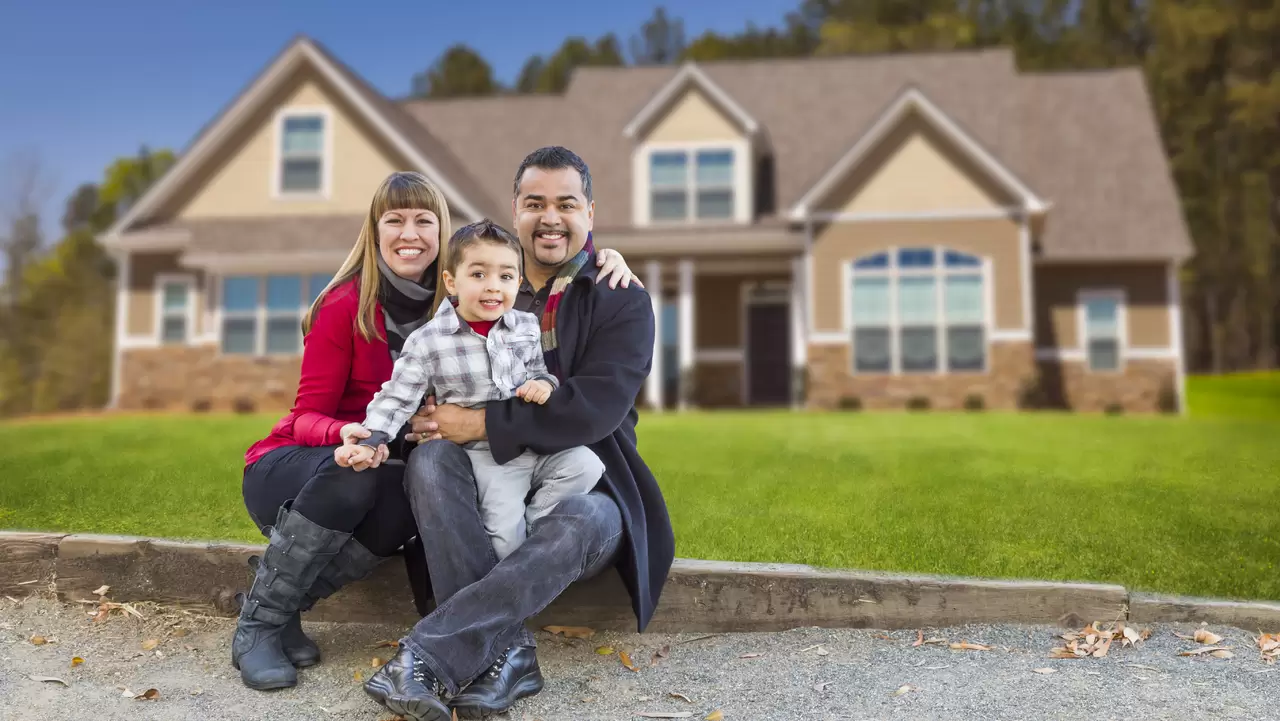
Here’s what you need to know about radon, an odorless gas that may make you sick.
If you’ve sold or purchased a home recently, you likely heard the word “radon” mentioned in conjunction with the sale of the home. Although radon testing isn’t required by law, it’s highly recommended by the Environmental Protection Agency (EPA), so most home sales don’t proceed until radon levels are checked. The EPA and the U.S. Surgeon General also recommend regular testing for radon in every home.
But what is radon and why should we test for it? Here are answers to some of the most frequently asked questions about radon.
What is radon?
Radon is a radioactive gas. It’s caused by the breakdown of uranium in the soil, rock and water below the Earth’s surface. The gas is completely odorless, colorless and tasteless. Radon occurs naturally outdoors, but it dissipates into the air. When it gets into our homes, however, it gets trapped, and we breathe it in without realizing it.
How does radon get in the house?
Radon can seep into our homes through any openings – through cracks in the walls or floors, gaps in the foundation, construction joints and the openings around pipes, wires and pumps. Radon levels are usually the highest in crawl spaces and basements, since they’re normally below ground level. With homes being sealed up more tightly during the colder months, any radon gas that seeps into the house becomes trapped.
Why are high levels of radon so dangerous?
When we breathe in radioactive radon gas, it goes directly to our lungs. The radiation can damage the lining of the lungs, increasing our risk of lung cancer. Radon is the leading cause of lung cancer in nonsmokers, responsible for an estimated 20,000 lung cancer deaths per year, according to the American Cancer Society®. Although there are no specific symptoms of radon exposure, symptoms of possible lung cancer include shortness of breath, a cough that keeps getting worse, tightness in the chest, hoarseness or trouble swallowing. See your doctor if you experience these symptoms.
But isn’t radon only a problem in old houses with basements and only found in certain areas of the country?
Radon gas can be present in any home, old or new. It doesn’t matter if the home is sealed up tight or very drafty, or whether there’s a basement or not. Even brand new houses built with radon-resistant features can have higher than normal levels of radon. Although some areas of the country are more likely to have higher levels of radon than others, radon can be found in homes in every state.
How can I find out if my home has high levels of radon?
There are a number of special tests available for determining if your home has a radon level higher than 4 pCI/L (4 picocuries per liter). You can purchase a do-it-yourself kit for about $30 or a radon detector for about $100. You can also hire a professional radon measurement specialist, which is what the EPA recommends.
What can I do if there are elevated radon levels in my home?
Radon levels in the home can be reduced in several ways. Some methods try to prevent more radon from entering in the first place. For instance, soil suction draws out radon from underneath the house and vents it out into the air. Other techniques work to reduce high levels of radon that are already trapped inside. These include fans, additional ventilation and the sealing of cracks. The National Radon Safety Board (nrsb.org) maintains a searchable database of certified radon specialists in your area who can help.